Progress demanded for offshore wind
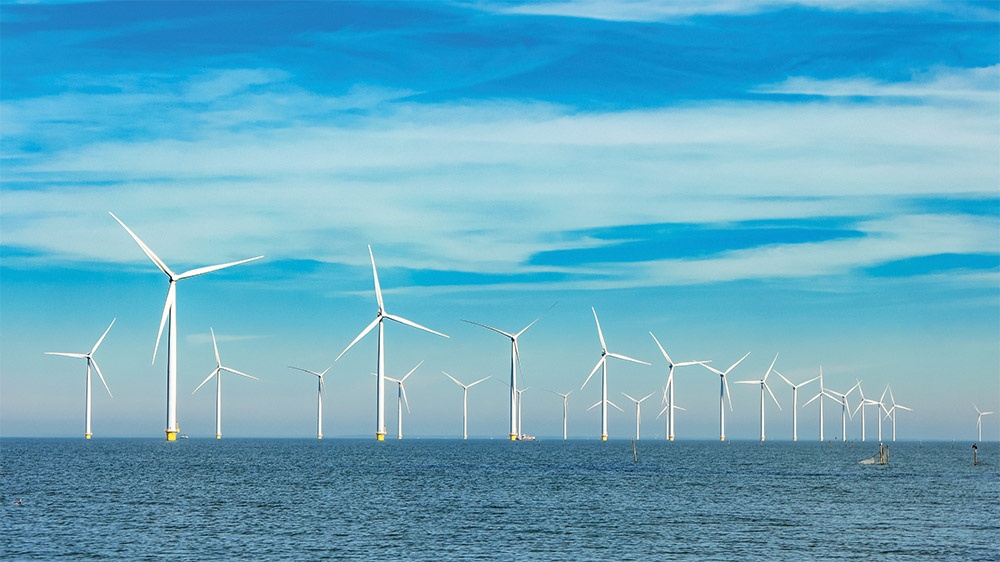 |
| Progress demanded for offshore wind, illustration photo/ Source: Shutterstock |
At a meeting with Deputy Prime Minister Tran Hong Ha over a week ago, the ministry (MoIT) explained that offshore wind power is a complex field for Vietnam, involving security, sovereignty over the seas and islands, and a range of issues related to the functions and tasks of various ministries and agencies. The lack of policies and legal regulations adds to the difficulties, making the implementation of the goals stated in the Power Development Plan VIII (PDP8) particularly challenging.
“Offshore wind power development requires careful and thorough research. The initial phase focuses on assigning state-owned economic groups to pilot projects, creating a foundation for perfecting legal regulations. Foreign and private investors will only be involved after a comprehensive assessment of the pilot project and a complete legal system,” Deputy Minister of Industry and Trade Nguyen Hoang Long said at the meeting.
According to the MoIT’s proposal, Vietnam Oil and Gas Group has certain advantages in implementing offshore wind power projects due to its existing infrastructure and experience with similar facilities in oil and gas projects at sea. This could help utilise existing resources and protect national sovereignty. However, an assessment of the action’s alignment with the Party’s policy regarding the firm’s business direction is necessary.
For Vietnam Electricity, which has extensive experience in building and managing power plants and transmission systems, the MoIT acknowledged that wind power is a relatively new energy source in Vietnam, and the conditions for its development differ from those of traditional energy sources.
The MoIT also noted the potential participation of military-run organisations. However, the Ministry of Defence (MoD) has stated that its forces lack the experience and qualifications for this role. Further discussions with relevant ministries are required for more clarity.
The PDP8, adopted last year, aims to reach six gigawatts of offshore wind power by 2030. However, no concrete initiatives have been implemented yet.
According to official statistics, 36 local firms applied to conduct surveys to assess the potential for offshore wind generation in 2022. Due to legal constraints, the Ministry of Natural Resources and Environment suggested delaying these activities.
Similarly, foreign projects in the south-central region like Germany’s PNE Group’s $4.6 billion investment in Binh Dinh province and Denmark’s Copenhagen Infrastructure Partners’ development project in Binh Thuan province have seen limited progress.
At the meeting, DPM Ha emphasised that the pilot needs to identify specific projects, address legal concerns, and conduct research on investment practices, financial issues, policies, and technology transfer.
He also noted that problems may not always stem from legislative obstacles but rather from a lack of cooperation among ministries and agencies. Specifically, he highlighted that the real challenge in selecting locations for offshore wind power projects lies in the lack of agreement between the MoD and the Ministry of Transport, rather than legal issues.
Ha added that the MoIT must closely examine issues related to investor selection, electricity export, and the involvement of foreign investors to find practical solutions.
“This is a project for implementation, not for requesting policy. The pilot implementation of offshore wind power is a process of ‘doing while completing,’ aiming to fully develop the accompanying legal policies for various project types, including those for domestic needs, export, and green hydrogen,” he said.
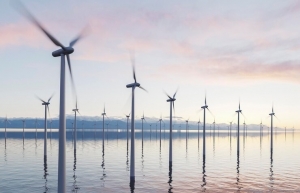 | Offshore wind power, hydrogen, and gas power awaiting policies The expeditious execution of gas power, offshore wind power, and hydrogen projects is contingent upon the competent authorities formulating policies pertaining to these domains. |
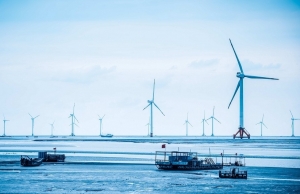 | Wind ventures on radar for PNE German project developer PNE AG plans to build up to three offshore wind farms off the coast of the south-central province of Binh Dinh with a capacity of up to 2GW and investment capital of $4.6 billion. |
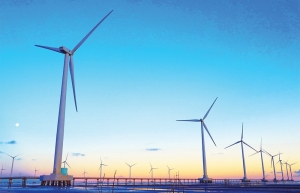 | Measures for offshore wind must be carried out rapidly Vietnam’s ambition to achieve 6GW of offshore wind capacity by 2030 is increasingly adrift, with not enough work carried out on legalities and developer support. |
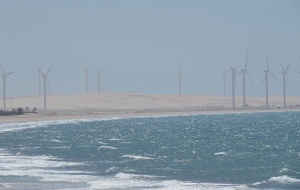 | MoIT report addresses offshore wind project concerns Despite the ambitious targets set out by the Power Development Plan VIII, no offshore wind projects have yet been approved or assigned to investors. |
What the stars mean:
★ Poor ★ ★ Promising ★★★ Good ★★★★ Very good ★★★★★ Exceptional
Related Contents
Latest News
More News
- Heavy industries set for pilot greenhouse gas quotas (December 25, 2025 | 10:00)
- Swedfund invests in MSME growth and climate action in Vietnam (December 19, 2025 | 11:42)
- GreenYellow brings solar energy to light up remote schools in Tuyen Quang province (December 19, 2025 | 08:00)
- Charge+, Grab partner to develop EV charging network in Vietnam (December 18, 2025 | 17:11)
- Linking sci-tech and innovation to Vietnam’s net-zero future (December 18, 2025 | 14:31)
- Driving double-digit growth through green and circular transformation in Vietnam (December 17, 2025 | 09:00)
- Standard Chartered and ACCA deepen collaboration to develop Vietnam’s talent for a sustainable future (December 15, 2025 | 18:18)
- Schaeffler reports strong early output from Dong Nai solar project (December 12, 2025 | 15:16)
- Forestry conference highlights biodiversity and sustainability goals (December 09, 2025 | 13:35)
- Home Credit honoured among top 10 sustainable companies in trade and services (December 09, 2025 | 12:18)

 Tag:
Tag:





















 Mobile Version
Mobile Version